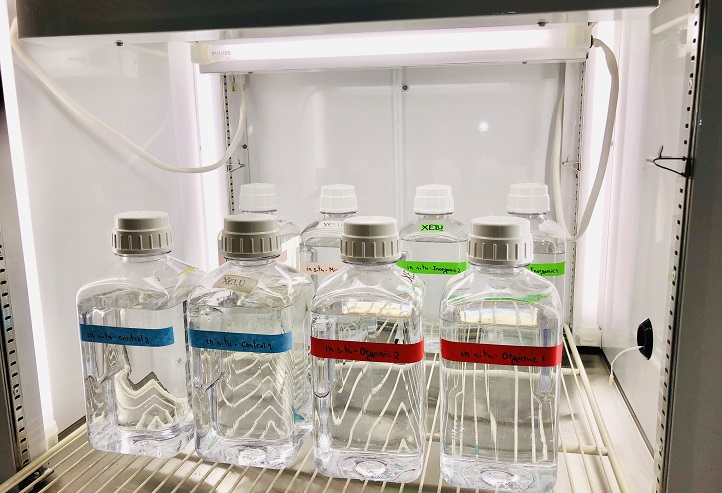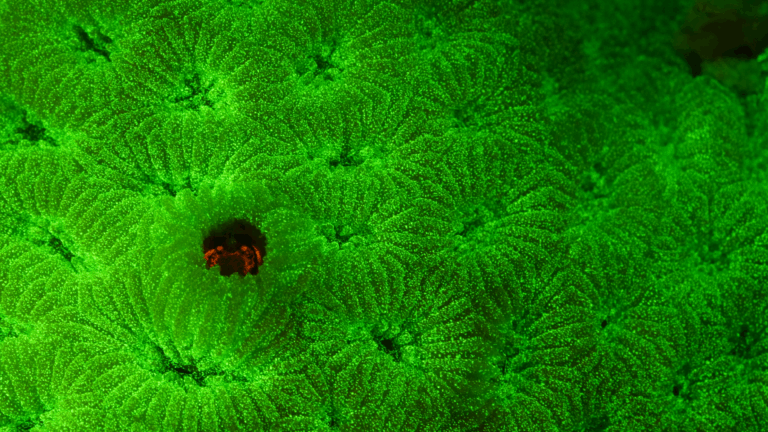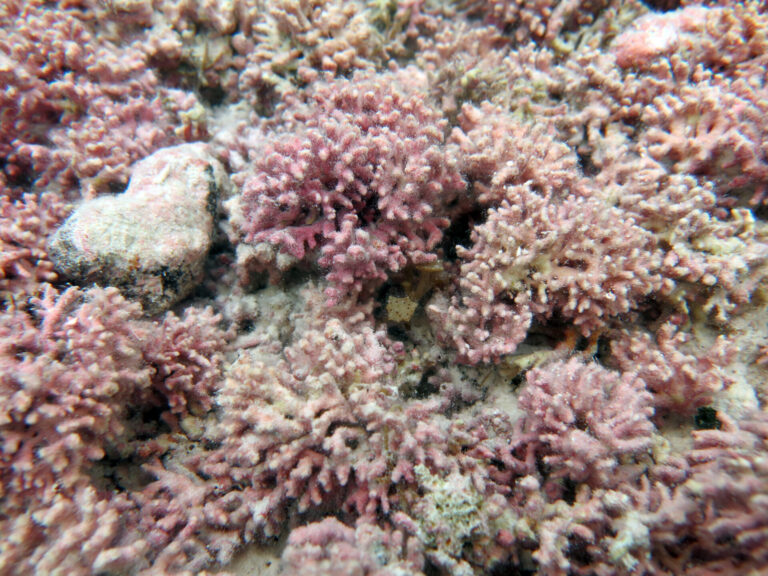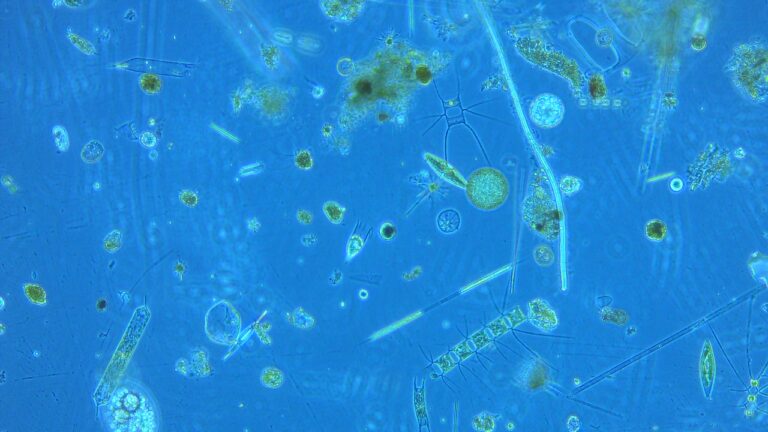Marine Science
Plankton communities warm response to nutrient availability
Investigating plankton communities' reaction to rising water temperatures may improve modeling of marine ecosystem responses to global warming.

Microbial plankton communities will be boosted in productivity and biomass from warmer water temperatures provided sufficient nutrients are also readily available, suggest KAUST researchers.
The response of marine ecosystems to global warming depends on complex factors. The growth rates and activity of plankton communities are largely dictated by nutrient availability (bottom-up control), predation (top-down control) and changes in water temperature.
Warming will probably alter life in cold and temperate waters more dramatically than in the equatorial belt. Nutrients, which are necessary to enhance plankton growth, are generally more abundant in colder waters. If nutrient levels in the oceans drop due to rising temperatures, this will have a knock-on effect on aquatic lifeforms.
“We wanted to investigate the response to warming in three planktonic communities simultaneously—picophytoplankton, heterotrophic bacteria and heterotrophic nanoflagellates,” says Tamara M. Huete-Stauffer, a postdoc in Xosé Anxelu G. Morán’s group in KAUST’s Red Sea Research Center. The two KAUST scientists collaborated with scientists in Spain and the United States to complete the work.
“These three communities represent different elements of the food web. Phytoplankton are the primary producers in the ocean, rather like plants in a terrestrial ecosystem. Bacteria process the dissolved organic matter released from phytoplankton and other organisms, while nanoflagellates are the major predators of bacteria and small phytoplankton,” explains Huete-Stauffer.
The team collected samples in temperate waters off the northern coast of Spain every month for a year. They incubated samples at in situ temperature and at 3 degrees Celsius above and below. This allowed them to calculate activation energy values, which indicate how a rate, such as net growth or metabolism, might change in response to a change in temperature.

The KAUST team took multiple seawater samples every month for a year and incubated them to determine microbial plankton communities’ response to rising water temperatures.
© 2018 Miguel Viegas
“Our results showed a beautifully synchronized coherence in the temperature response of all three plankton communities although they play different roles in the ecosystem,” says Morán. “Their synchronized sensitivity to temperature was largely driven by the availability of nutrients: if the organisms are strongly constrained by the availability of food or by their consumers, then future warming will have a very limited effect on enhancing their growth.”
These results form the basis for a general conceptual model of the response of marine ecosystems to global warming. “We have since conducted four similar experiments in the coastal Red Sea, which will serve as a test of the generality of the model in some of the hottest marine waters on Earth,” adds Morán.
References
- Morán, X.A.G., Calvo-Diaz, A., Arandia-Gorostidi, N. & Heute-Stauffer, T.M. Temperature sensitivities of microbial plankton net growth rates are seasonally coherent and linked to nutrient availability. Environmental Microbiology 20, 3798-3810 (2018).| article
You might also like

Marine Science
Tiny crabs glow to stay hidden

Marine Science
Mass fish deaths linked to extreme marine heatwave in Red Sea

Marine Science
Weeding out the secrets of Red Sea macroalgae

Bioscience
Digging into the world of plant-growth-promoting microbes

Marine Science
Rhodoliths found in a surprise location

Bioscience
Unique microbiome discovered in mountain streams

Marine Science
Examining phytoplankton’s past to reduce future algal blooms

Marine Science




